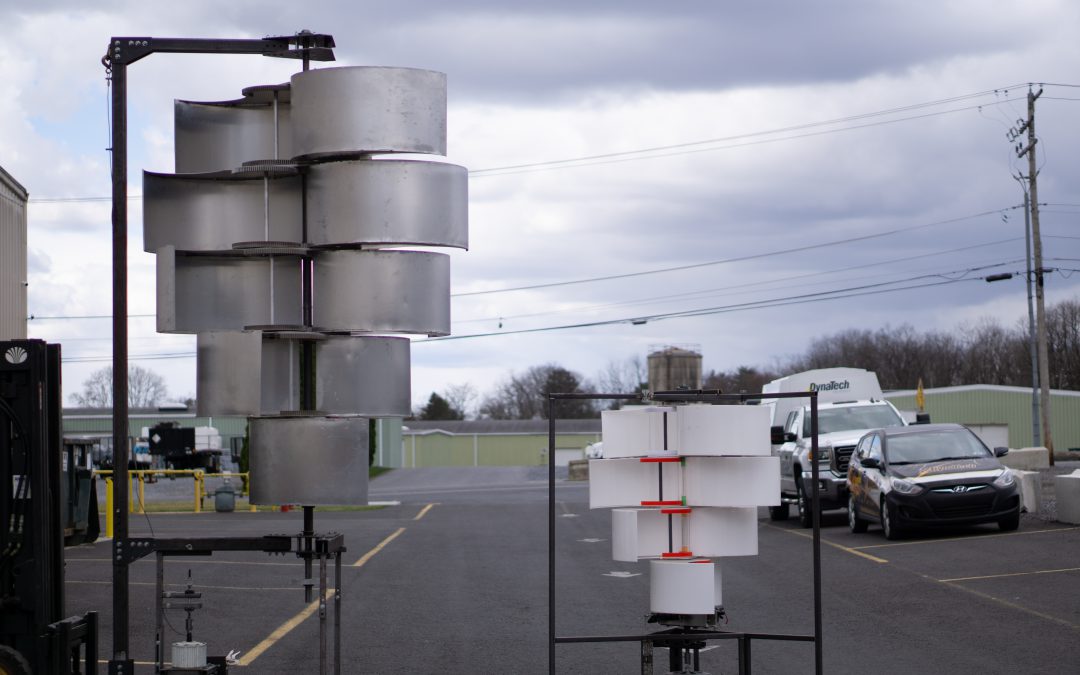
by William | Apr 6, 2022 | Net Zero
Dear Readers,
I would like to introduce you to a residential wind turbine manufacturer located right in Lebanon, Pennsylvania: Harmony Turbines. Christopher Moore and his wife, Cheryl, are in the research and development phase of bringing these pieces of art (and means of energy generation…) right to everyday homeowners.
The revolutionary aspect of these turbines is that they have the potential to generate electricity in both low and high wind speeds.
In the videos above, you are watching them spin in only 4-6 mph winds (with occasional gusts of 13). If you look closely in the videos, you will notice that neither of these turbines are currently hooked up to a generator. That’s because Moore could not find a generator on today’s market which enables Harmony turbines to spin this fast in only 4 to 6 mph winds. All the generators Moore has tried, only slow the turbines down. So, Moore is now developing his own generator complimentary to the turbines.
Not only are these turbines being perfected to generate electricity at low wind speeds, they are also designed to continue generating energy in high wind speeds.
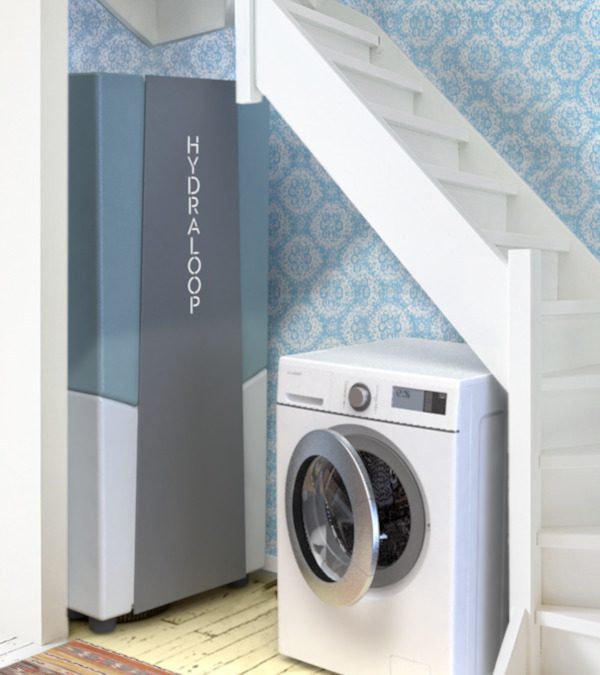
by William | Sep 8, 2021 | Net Zero
Dear Readers,
William and I have been constantly mentioning the Hydraloop in our blogs and diagrams, but I don’t believe we ever wrote a blog about how it works…
So! Being better late than never…This is that blog, fulfilling that duty we take upon ourselves to explain the mesmeric methods behind all this magnetic madness.
The Hydraloop is about the size of a fridge…so it is rather large. But it needs that space to do the magic that it does! It is designed to clean water from the shower, bath, air conditioning and laundry machine without the use of any filters or chemicals. Instead of using filters to treat this greywater, it uses a combination of sedimentation, floatation, dissolved air floatation, foam fractionation, an aerobic bioreactor, and disinfection of the cleaned water with powerful UV light. Phew…lots of big words that work cohesively to make this thing work. We are going to break ‘em down, don’t worry!
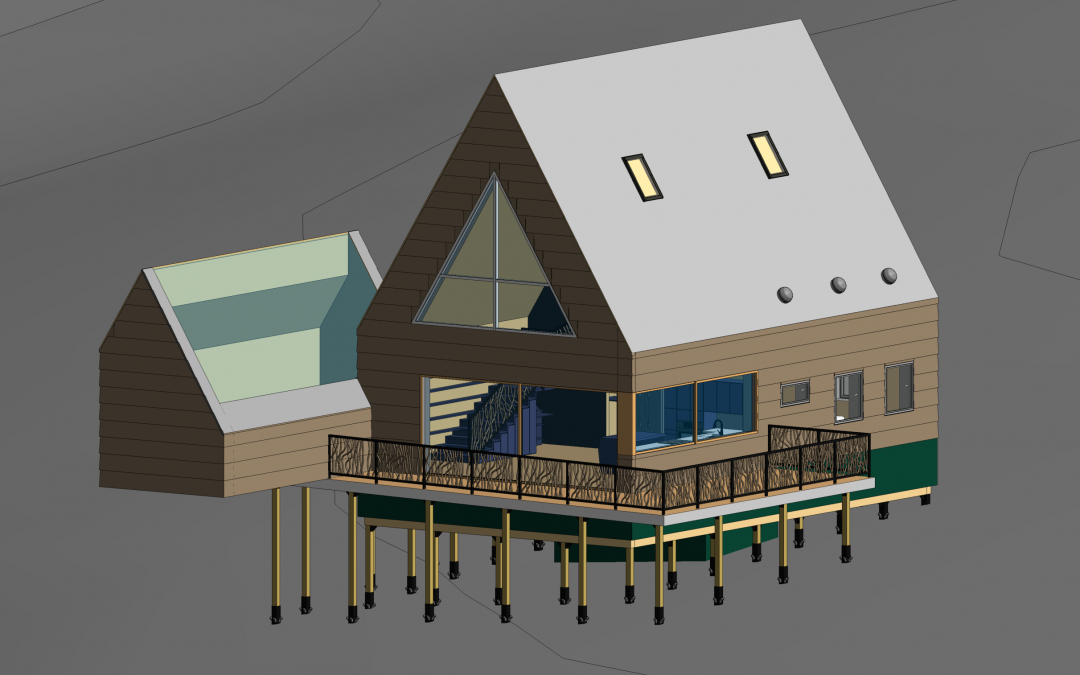
by William | Sep 1, 2021 | Net Zero
Dear Readers,
You see the roof pitch on that greenhouse?? And how it matches the roof pitch of the home??? That. Right. There…is a product of GOOD math!!!
Not only do those angles just look good…but the angle of our greenhouse’s roof also creates a nearly perfectly perpendicular angle to the sun in the winter months. Why is that important, you may ask? Well, just so happens I am reading a book…that has greenhouse math in it!
The book is titled The Year-Round Solar Greenhouse. How to Design and Build a Net-Zero Energy Greenhouse, and is written by Lindsey Schiller and Marc Plinke. As the process of learning new things tends to go~ the book is both enlightening and full of ‘hard truths.’ Enlightening? I mean, just look at those roof pitches and maximum light transmission even in winter months…
Hard truths? William and I have so, so, so….so…much work to do. And there are sooooo many other things left to learn. Don’t you hate that? You learn one thing, and then it leaves you wanting to learn, like, five more things, which spurs you on to want to learn twenty-five more things…
…It’s like “you give a mouse a cookie,” except it’s not a cookie…it is a book. Which, in our world, goes from a Passive House…to a Passive House geared towards future prefabrication…to a Passive and Living Building Challenge House geared towards future prefabrication…to a Passive and Living Building Challenge House with an attached greenhouse almost half the size of the actual house with a main hobbit door all geared towards future prefabrication. Phew.
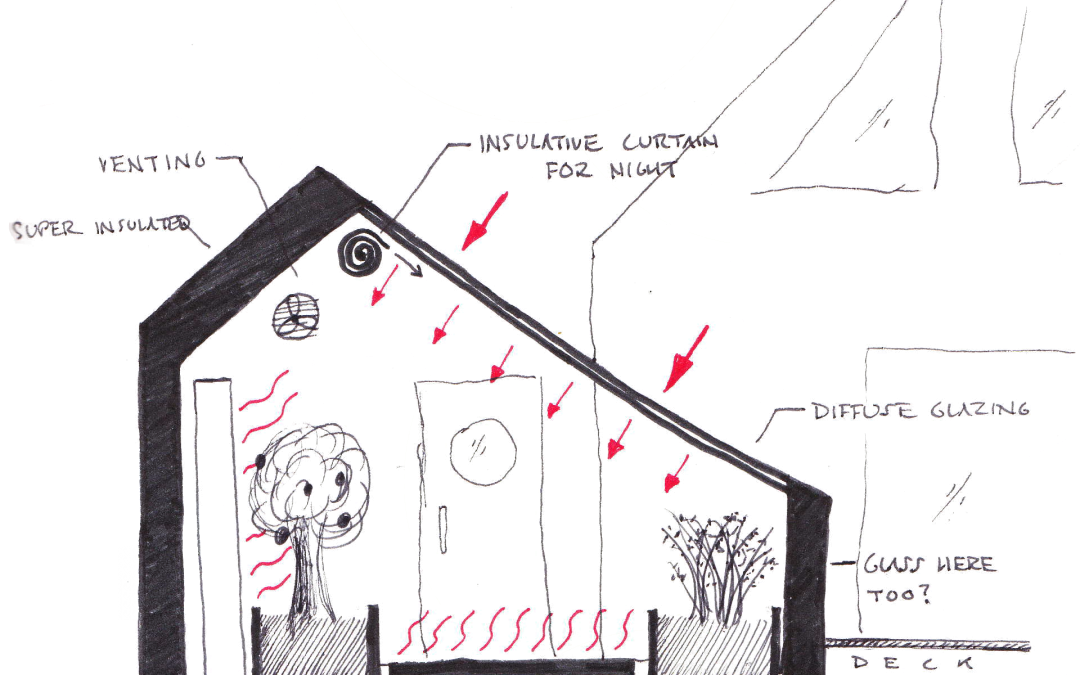
by William | Aug 25, 2021 | Net Zero
Dear Readers,
Tired of technicalities and just want a glimpse of what this mudroom/greenhouse/leach field thing might look like??? Totally me too.
Unfortunately, what it looks like does depend on the results of the technicalities…so I am going to try to keep it brief and just outline the technicalities we kept in mind as we drew these preliminary sketches:
~ We don’t want this mudroom/greenhouse/leach field to be ridiculously large. It is to serve as a small addition positioned at our front entrance. For future prefab endeavors, it will have to arrive on its own trailer. But we don’t want it to take up the whole gosh darn trailer… We were thinking no wider than 12’ (that’s about the max width for a trailer bed), and no longer than 20’.
~ While maintaining a reasonable size, it must be ADA accessible. A wheelchair user must be able to easily access, and tend to, all of the plants in their individual beds/ leach fields. For that purpose you will notice that we are thinking of using the ADA T-Shape requirement instead of the 5’ diameter turning radius.
~ The addition will be a part of our home’s envelope, and must meet Passive House standards. We will have thick walls with the addition, just like with the rest of the house. This of course decreases our interior square footage, but having a well-insulated and air tight passive solar greenhouse that harbors an advanced and dedicated ventilation system is key to growing plants with little extra energy.

by William | Aug 18, 2021 | Net Zero
Dear Readers,
WARNING. This blog contains a lot of math in it. What’s worse is it is bad math. Unchecked math. Math that is most probably all wrong. Math done by me, Shelby.
So, if you are math-savvy and have the potential to be utterly offended by the numbers I am just chucking out there…then I need your help. Well, more importantly, if you are a math master who can also speak to plants and convince them to drink as much greywater as possible…then I really need your help.
I am also reaching out to our local 4H/Penn State Agricultural extension and plant-knowledgeable friends. Therefore the pressure is not all on you. But any extra help is always appreciated. Especially if you really can speak to plants…
And! Without further ado…Welcome. To Bad Math.
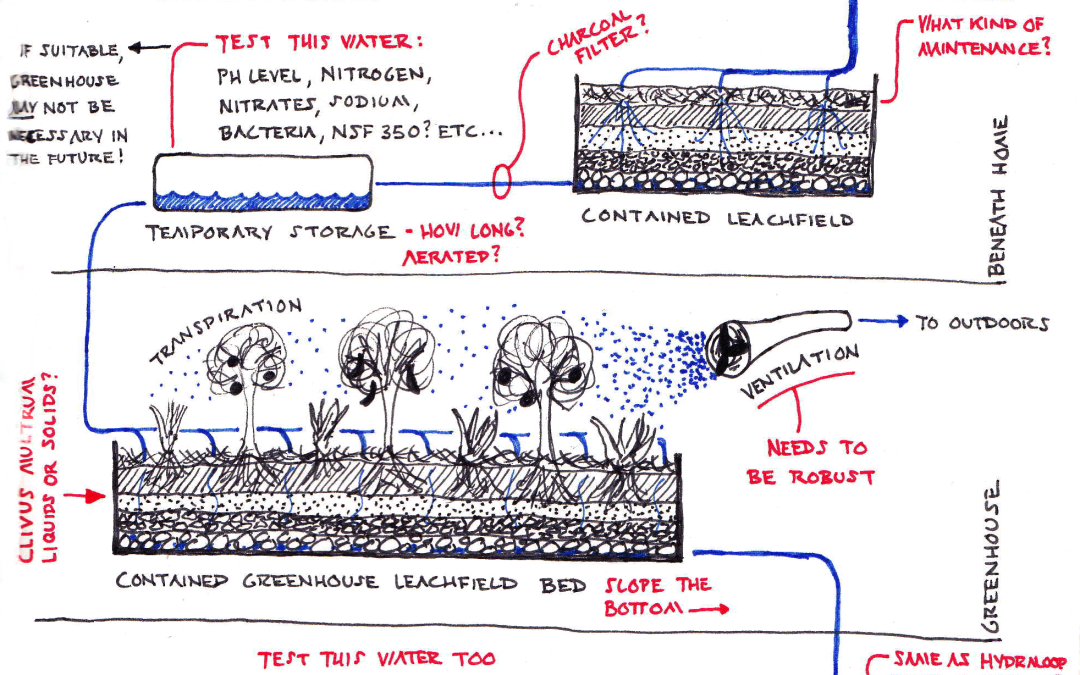
by William | Aug 11, 2021 | Net Zero
Dear Readers,
Yes. Leach field. Just when you thought this addition could not get any cooler with its greywater absorbing plants and front entry hobbit door~ we fully made it into an indoor leach field!
Ha! If your heads are screaming “What?!?” That’s fine. Ours are too. But I think we’ve got this…
Let’s start with the mulch basin. Remember how we were thinking of using that as the preliminary filtration means for our kitchen and laundry effluent before pumping it back into the house to our indoor green wall? Well, just as we ditched the green wall…we are now ditching the mulch basin.
Scratching it. Throwing it away. Mulching up the mulch. And…making a new and improved plan to propose to the PA DEP! Whoop whoop! So. Much. Greywater. Fun.
Here is what we are thinking of replacing the mulch basin with:






